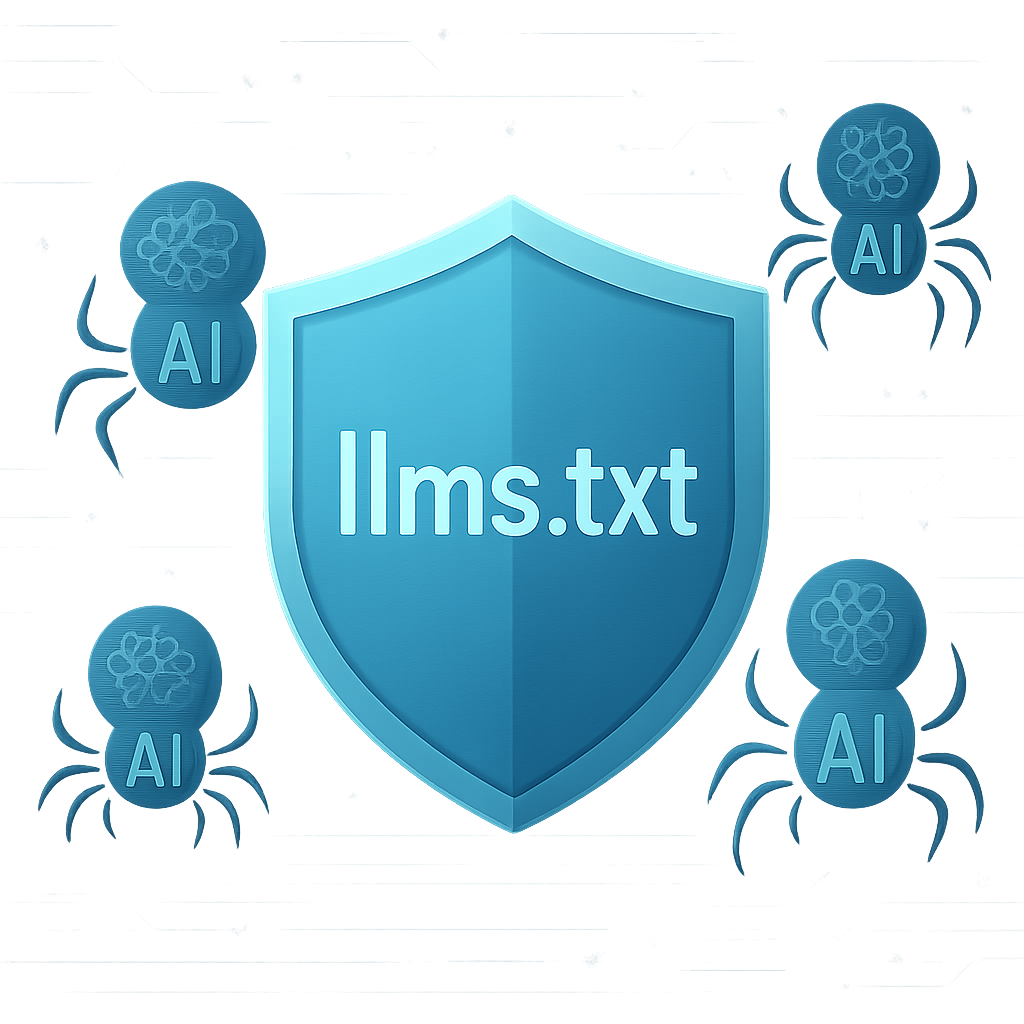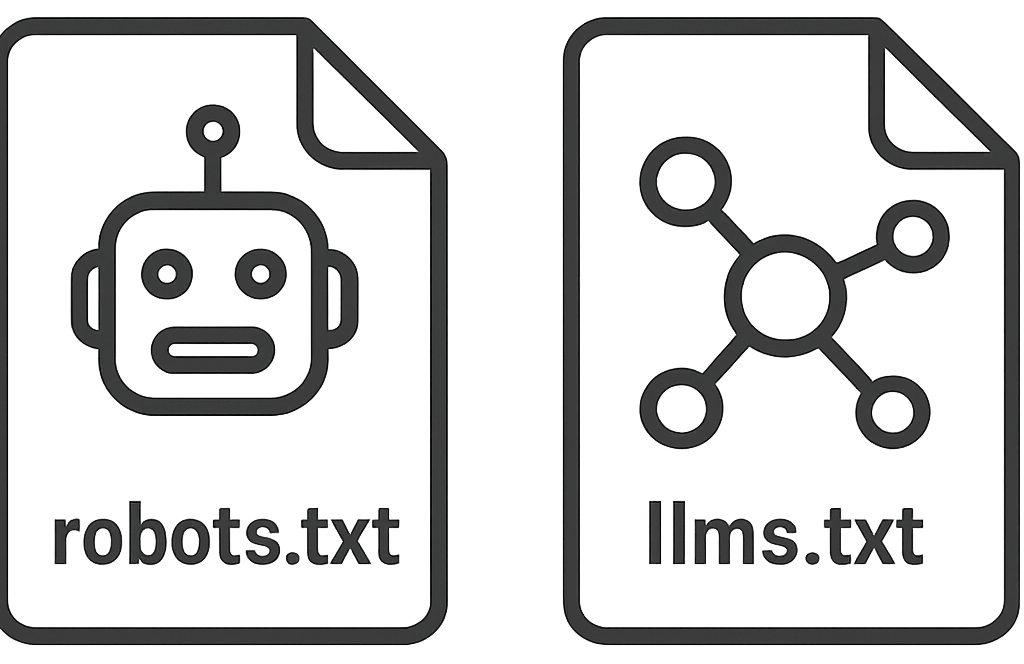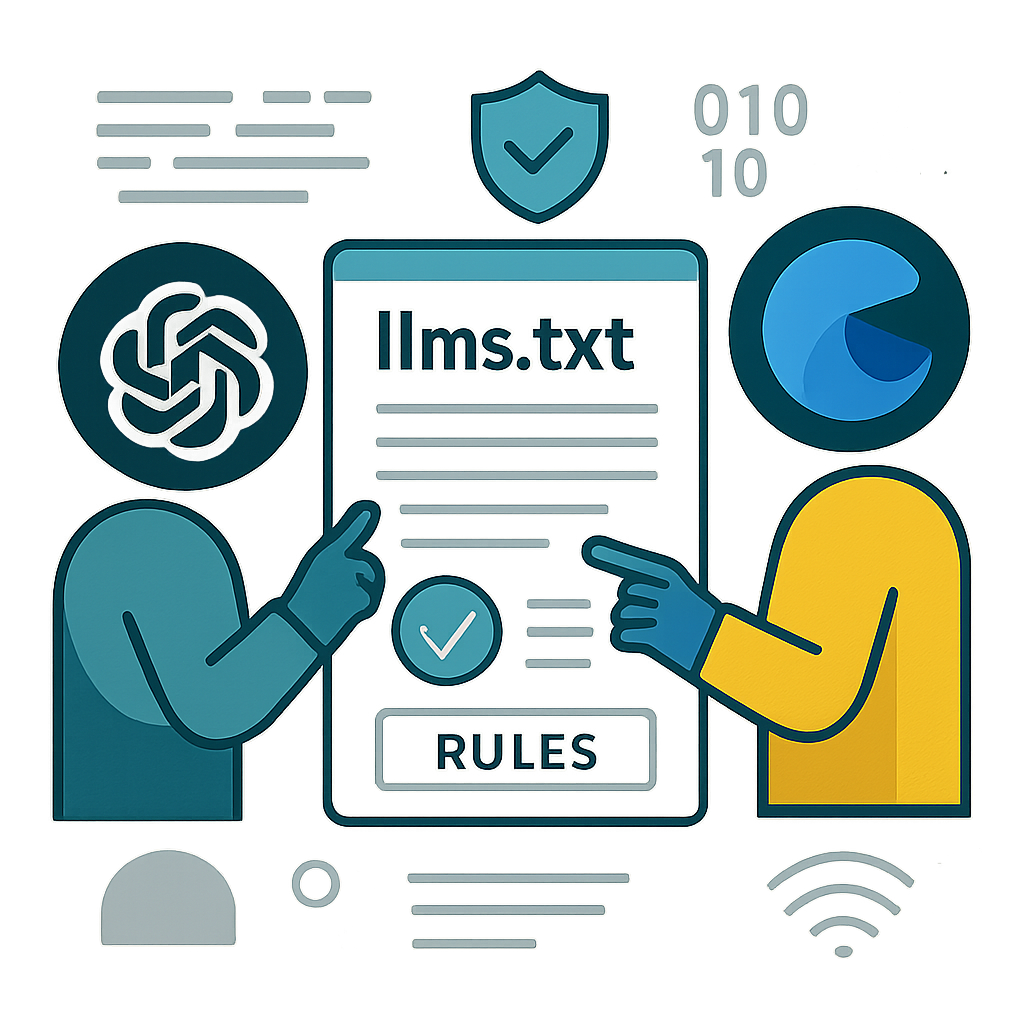

As artificial intelligence becomes more advanced, so does the need for clear guidelines around how these systems collect and use data. Just as a robots.txt file gave website operators some control over run-of-the-mill web crawlers, a new standard—a file named llms.txt—has been created to govern how large language models (LLMs) like ChatGPT or Gemini scrape web page content. But what exactly is llms.txt, and why does it now find itself to be of importance in our AI-dominated world today?

llms.txt is a recently created machine-readable file that sits in a root directory of a website. It is intended to give straightforward directions to AI firms what information they can or cannot use to train their large language models.
This elegantly simple but powerful instrument prompts website owners to place restrictions when their content is scraped by LLMs. It represents a major move toward further transparency, permissioned data, and responsible AI construction.
Increased Need for Data Privacy, Consent, and Control in AI Training
As LLMs keep improving, they require vast amounts of training data—most often drawn from freely accessible websites. While driving innovation, it does raise significant questions about:
The llms.txt file addresses these concerns by enabling site owners to explicitly state which parts of their content can or cannot be used for AI model training. All of this falls within a larger movement towards permission-based data use and responsible AI.
Simple Explanation: In a root of a website, it instructs LLMs what they can and cannot view
Functionally, llms.txt corresponds to robots.txt, but it deals only with AI crawlers. What it does is:
User-Agent: gptbot
Disallow: /
User-Agent: gemini
Allow: /public-articles/
Disallow: /premium-content/If respected by AI companies, this gives content creators meaningful control over how their material is handled.
Utilizing llms.txt gives site owners the following important empowerments:
Finally, llms.txt unites webmasters and artificial intelligence developers to take the virtual society to a more respectful and improved place.
Some major institutions have already implemented llms.txt to control AI access to their content:
This early adoption is all within a larger industry trend towards responsible content management for the AI era.

Although llms.txt and robots.txt have similar names, they have different roles:
| Feature | robots.txt | llms.txt |
|---|---|---|
| Purpose | Controls web crawlers for indexing | Controls AI crawlers for model training |
| Target bots | Search engine crawlers (e.g., Googlebot) | LLM crawlers (e.g., GPTBot, Gemini) |
| Compliance history | Widely recognized, not legally binding | Emerging, but gaining recognition |
| Use cases | SEO control, server load management | Copyright, data privacy, AI transparency |
Different AI companies interpret llms.txt directives in varying ways:
The emergence of this standard suggests that compliance with llms.txt may become an industry baseline, especially as regulators look closer at how data is collected and used.
If you have a website—whether you are a journalist, educator, artist, or entrepreneur—there are immediate benefits to you to be running llms.txt:
Adding a simple llms.txt file today can prevent you from having problems tomorrow.

As AI is increasingly integrated into the internet, technologies such as llms.txt provide a timely response to increasing anxiety around data ownership, privacy, and consent–it’s a small file with a big mission: to give power back to content creators and support ethical AI development and use.
If you are a developer, content owner, or digital policy maker, you need to be thinking of and implementing llms.txt today as part of an overall digital strategy.
Our swift-paced team is capable of handling design projects on anywhere and anytime. We’re ready to deliver your best product wherever you are !